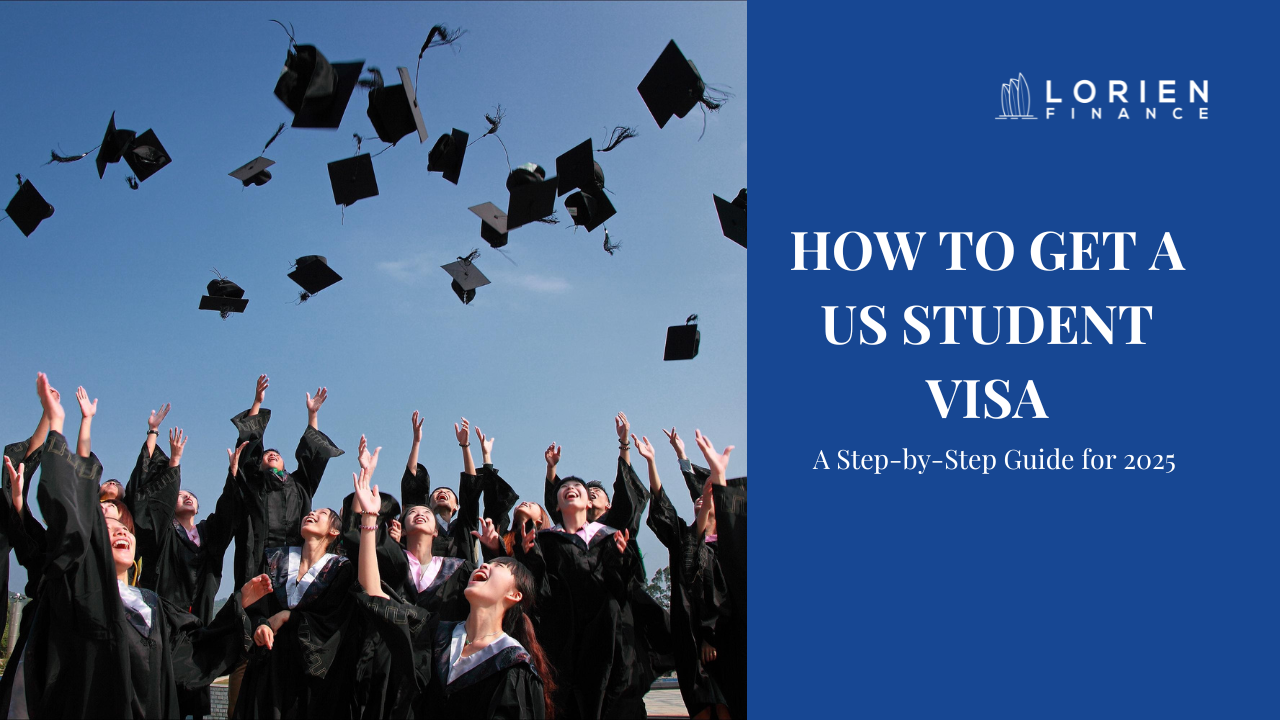How to Get a US Student Visa: A Step-by-Step Guide for 2025

Embarking on the journey to study in the United States is a dream for many Indian students. But before booking your flights and packing your bags, there’s one essential document you must secure — your US student visa. This guide on how to get a US student visa walks you through every detail, from understanding visa types to handling rejections and financing your studies. Let’s make the process smooth and stress-free. Types of Student Visas for Studying in the USA The US government issues different types of student visas depending on your program of study. Here’s what Indian students should know: Understanding which visa applies to your course and institution is the first step in how to get a US student visa. The Complete US Student Visa Application Process Now that you know which visa suits your purpose, let’s walk through the visa application process: Step 1: Secure Admission & Receive Form I-20Apply and gain acceptance into a US government-approved educational institution. Once admitted, you’ll receive the Form I-20, which is mandatory for the next steps. Step 2: Pay the SEVIS FeeBefore scheduling your visa interview, pay the SEVIS (Student and Exchange Visitor Information System) fee. For F-1 and M-1 visas, the fee is currently $350. Step 3: Fill out the DS-160 FormThis online application form is essential. Ensure all details are accurate, as discrepancies may lead to delays or rejections. Step 4: Book Visa AppointmentYou need to schedule two appointments: Step 5: Attend the InterviewThis is the make-or-break moment. Be confident, carry all necessary documents, and be ready to answer questions related to your course, financial status, and future plans. Common Reasons for US Student Visa Rejection Even with thorough preparation, some applications are denied. Knowing why can help you avoid these pitfalls. Remember, how to get a US student visa also involves understanding what not to do. Documents Required for US Student Visa Application Here’s a checklist of documents you must carry during your interview: Being prepared with the right documents is key in how to get a US student visa smoothly. How to Finance Your US Education Studying in the US is expensive, but not out of reach. Many Indian students finance their education through: Platforms like Lorien Finance can help you compare lenders and choose the most suitable loan option. They guide students step-by-step, ensuring faster approvals and reduced stress. Post-Visa Approval: What’s Next? Once your US student visa is approved: Also, make sure you arrive in the US no more than 30 days before your program starts, as per visa regulations. Figuring out how to get a US student visa doesn’t have to be overwhelming. With the right knowledge, documentation, and financial planning, thousands of Indian students successfully begin their U.S. academic journey every year. Start early, stay organized, and seek help from reliable study abroad platforms. The U.S. is ready to welcome you — now it’s your turn to get visa-ready. No matter how big or small your study abroad dream is, we’ve got you!
